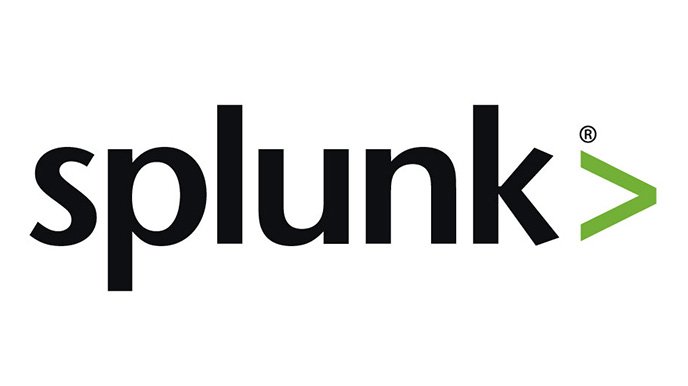Introduction to Splunk
Splunk is a software company that develops, manufactures and sells software for monitoring, analyzing and troubleshooting IT systems. The company was founded in 2003 by Michael Baum, Eytan Bakshy and Lynn McRae. It has its headquarters in San Francisco, California with offices worldwide including New York City; London; Paris; Munich; Sydney; Tokyo; Singapore and Beijing.[1]
In April 2017 Splunk announced it had reached 1 billion dollars in annual revenue for the first time ever.[2][3] The company employs more than 5500 people worldwide.[4]
Financials
Splunk’s stock ticker is SPLK. It trades on the NASDAQ Global Select Market under the symbol “SPLK.”
Splunk was founded in 2003 and has been profitable since 2007. The company’s revenue has grown steadily since then, reaching $1 billion in 2017.
Products and Services
Splunk offers a variety of products and services to help you collect, analyze, and act on your data. These include:
- Splunk Enterprise: An operational intelligence platform that gives you real-time insights into your business by analyzing machine-generated data from any source.
- Splunk Cloud: A cloud-based version of the Splunk Enterprise software, available through subscription as an on-demand service or as part of an enterprise agreement (EA).
- Splunk Insights for AWS Cloud Monitoring: A solution that provides monitoring capabilities for Amazon Web Services (AWS) environments through integration with AWS CloudWatch Events and Logs.
Company Information
Splunk is a software company that provides data analytics and security solutions. The company was founded in 2003 and has offices in San Francisco, California; Austin, Texas; London, England; Amsterdam, Netherlands; Singapore; Bangalore India; Beijing China and Tokyo Japan.
The Splunk website can be found at splunk.com
Data Sources
- The Splunk brand is a complex and multi-faceted entity. It can be difficult to keep track of all the different elements that make up our identity, so we’ve created this guide to help you navigate through them.
- This section will cover how we use data sources for our brand research, citing sources, and keeping an eye on trends in the industry.
Source : Google
Editor by : Softwarehubs

